Bryan Gerard Duffy
MULTI-DISCIPLINARY ARTIST
IDLE WALLS, 2024
SOLO SHOW AT THE CUSTOM HOUSE STUDIOS AND GALLERY, WESTPORT (IRE), AND GALLERY OF MODERN ART, GOMA, WATERFORD (IRE)

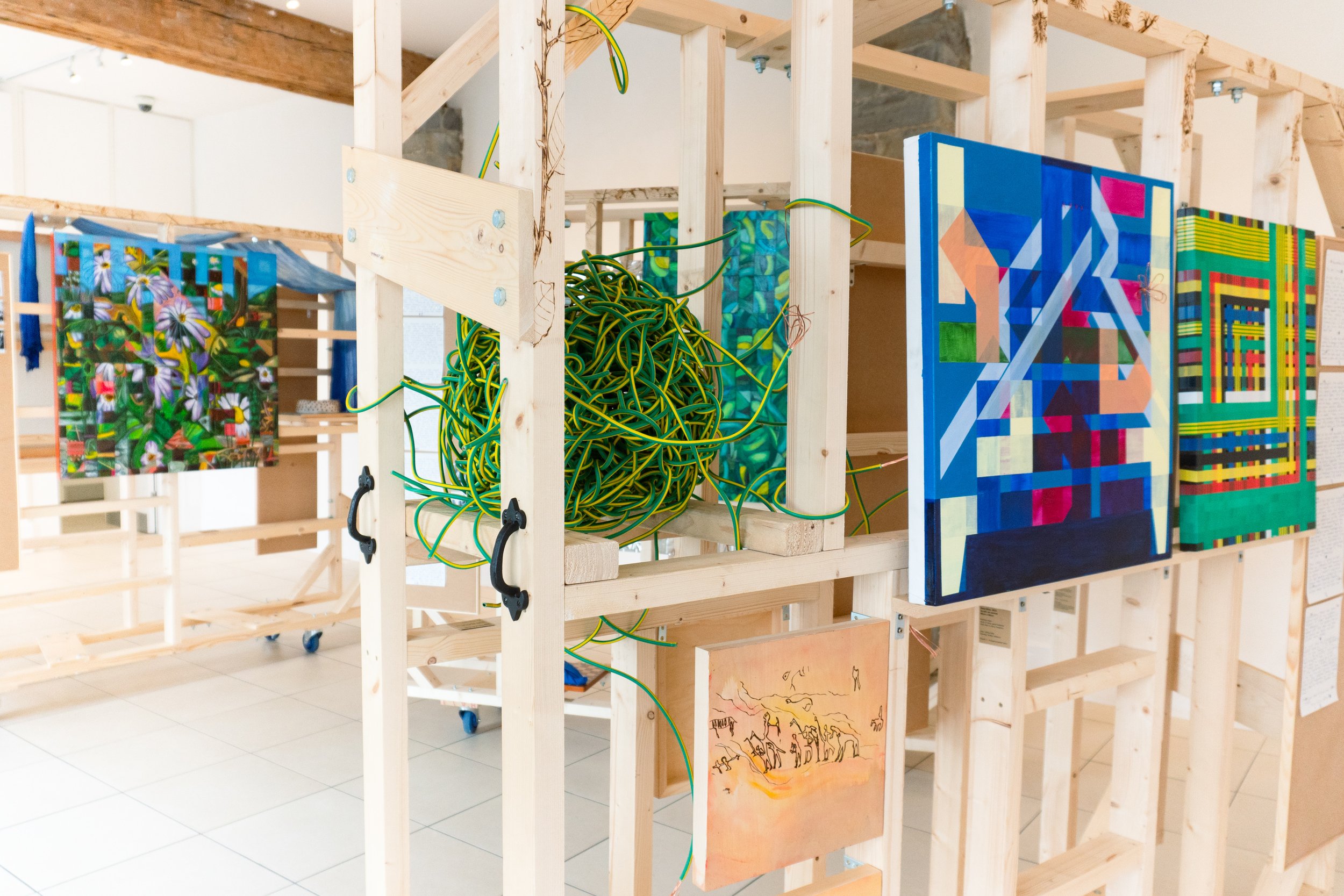
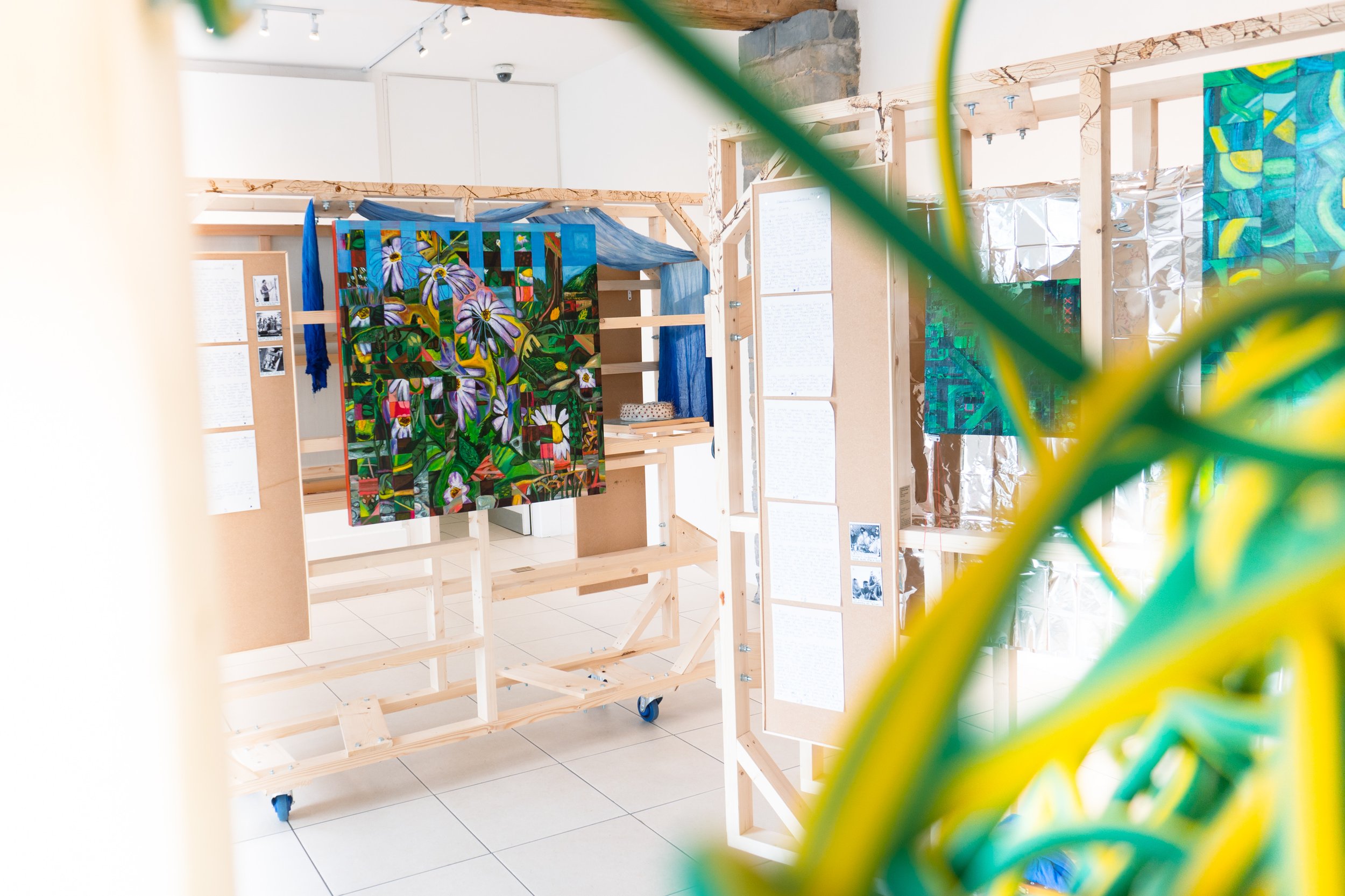





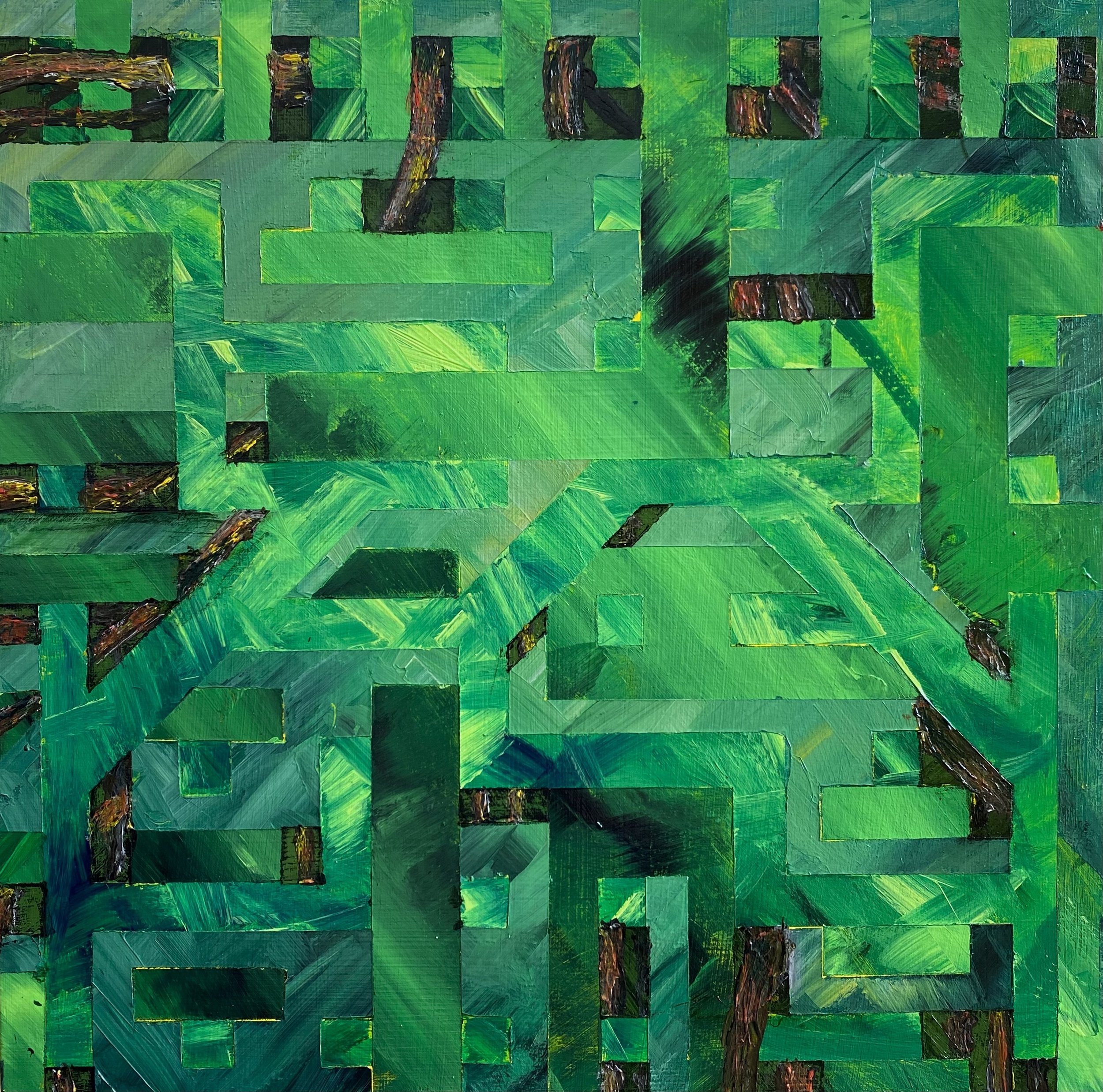
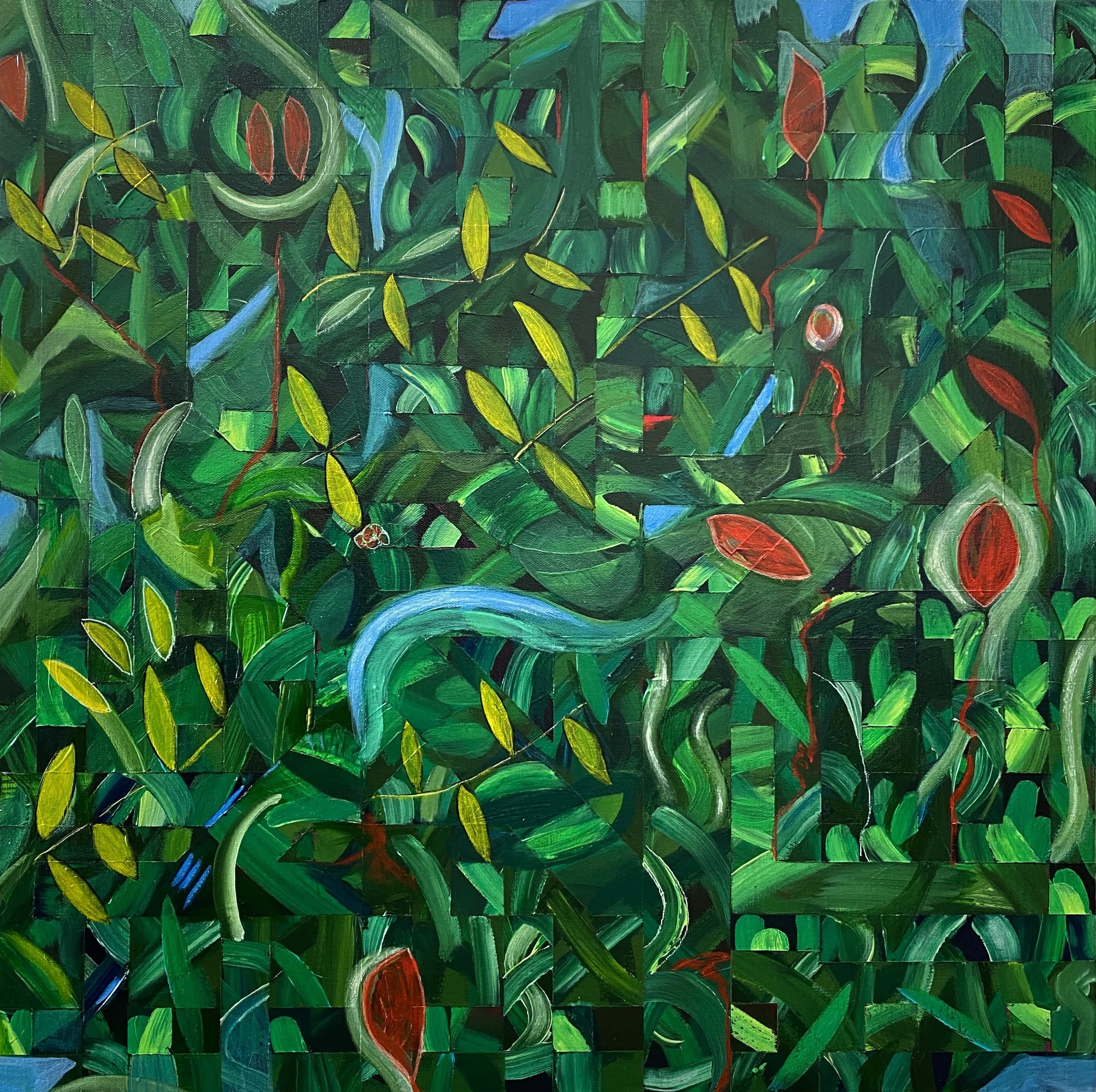

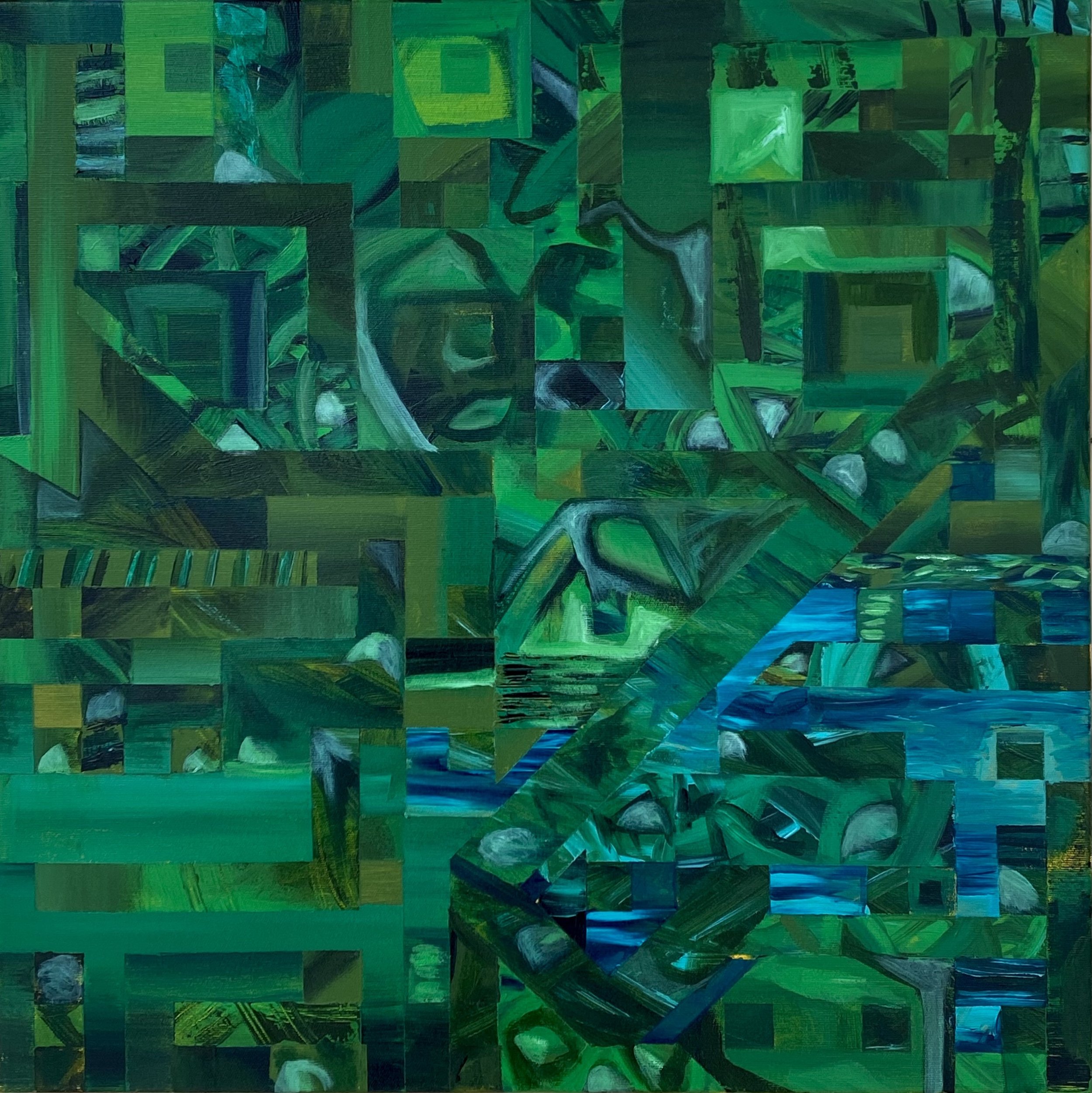



Idle Thoughts
By Ian Wieczorek
In Idle Walls, artist Bryan Gerard Duffy proposes the world as a confusion of interrelationships and connections, where things have consequences far beyond their geographical, social or historical beginnings, a global network of cause and effect. Idle Wallsis a dense, thematically interwoven Gesamtkunstwerk, an installation which, in its analogue authenticity, invites the viewer to engage, interrogate and interact, and in doing so, to become complicit in its narrative. Taken at one level, it’s an immersive multimedia experience, at another it’s a heartfelt response that cries for justice and understanding in a world that, in the artist’s eyes, seems to offer neither.
Duffy and co-producer Emmet Sheerin’s documentary film Delivery elucidates the thematic core of the work, the existential plight of the indigenous Sahrawi people of Western Sahara under ongoing Moroccan occupation and the international plundering of natural resources. Duffy has first-hand experience of this situation, having visited Sahrawi refugee camps in Algeria over the past 15 years as part of an ongoing socially engaged art project. The documentary cuts between scenes from these refugee camps, and Duffy’s journey to the Dublin office of an Irish-registered oil and gas company with links to the Moroccan exploitation of resources, to deliver a letter from a Sahrawi refugee seeking to highlight his people’s concerns. Poignantly, the letter ends with the words, “You seek profit, we seek peace.” That same letter writer, Mohamed Sleiman Labat, features in a second video that introduces and contextualises the exhibition.
There are a number of key strands that embody the ethos and methodology Duffy has employed in the realisation of Idle Walls. The viewer is presented with a series of four carefully scripted, handwritten letters whose author ‘Aria’ is, in Duffy’s own words an “imagined pen pal”, a narrative device that offers an accessible entry point for the exhibition from a human perspective. In a very personalised style, the letters address various experiences and aspects of life in a Sahrawi refugee camp, accompanied by a number of ‘informal’ photographs that add a level of apparent authenticity.
An extended series of paintings that begin as formal structures following the notations of moves made by the pieces in specific chess games, become looser and more exploratory in their visual language as Duffy insinuates other thematic elements, including traditional Sahrawi fabric design, ecological tropes and Irish wildflowers.
Four stand-alone movable wooden frame walls (‘sailí walls’) act as supports for a wide variety of visual and text elements, including the paintings, the pen-pal letters, chess paraphernalia, plant samples, and other interacting sculptural elements and materials. The viewers are invited to arrange these walls as they wish in the gallery, and even though the artist is not present in person, the installation feels more performative in nature, both in terms of the vocabulary of fabrication, and also in the way it invites and ultimately implicates the viewer in the experience.
Making use of a wide variety of raw and often unrefined materials, Duffy’s sculptural work displays a decidedly Arte Povera sensibility. The artist makes no excessive concession to refinement, either in his Sailí Walls or in the sculptural works gracing the gallery’s window ledges, the ‘nuts-and-bolts’ of construction plainly visible.
Throughout the installation, themes, materials and text are used in a chimeric metaphorical manner: chess moves echo both geopolitical strategies and the patterning of traditional Sahrawi fabric; phosphate rock from Western Sahara not only acknowledges the current resource stripping taking place there, but also alludes to the overuse of those same fertilisers in Ireland, and the contrastingly arid Sahrawi dryland experience; the titular Idle Walls refers not only to the nature of the installation where nothing in the gallery is actually wall-based, but also to the Moroccan dividing wall annexing areas of Western Sahara, to the local ‘Idle Wall’ [in Westport] from Irish Famine times, and to the word sailí which derives from the Irish for willow tree. The depth and granularity of these proposed connections might seem daunting, but while associations between Western Sahara and Ireland thematically suffuse the work, perhaps they might also be read as a microcosmic embodiment of the wider global experience of deeply rooted interrelationships.
The emblematic anomalist researcher Charles Hoy Fort observed that, “one measures a circle, beginning anywhere.” Using ostensibly disparate entry points to reveal and elucidate his subject matter, Idle Walls reads as a mind map, weaving a dense and demandingly immersive series of interconnected stories, a sum of parts suggestive of a greater whole, and an intimate insight into the concerns of the artist. This interweaving is embodied quite literally in one of the sculptural elements, a large loosely knotted ball of electric cable, its yellow and green ‘earth’ colours echoing the hues of the paintings, its multiple endings radiating out in different directions, a perfect metaphor for this show.
It’s a challenge attempting to contain the mercurial vision of Bryan Gerard Duffy, and there is nothing ‘idle’ in the scope and ambition on display here. Ultimately, Duffy is a storyteller, and the interwoven narratives of Idle Walls are the makings of a weighty novel, on this occasion condensed into a short story.
Ian Wieczorek
(visual artist, curator, critical commentator)
SHOWS OTHER PEOPLE HAVE VIEWED
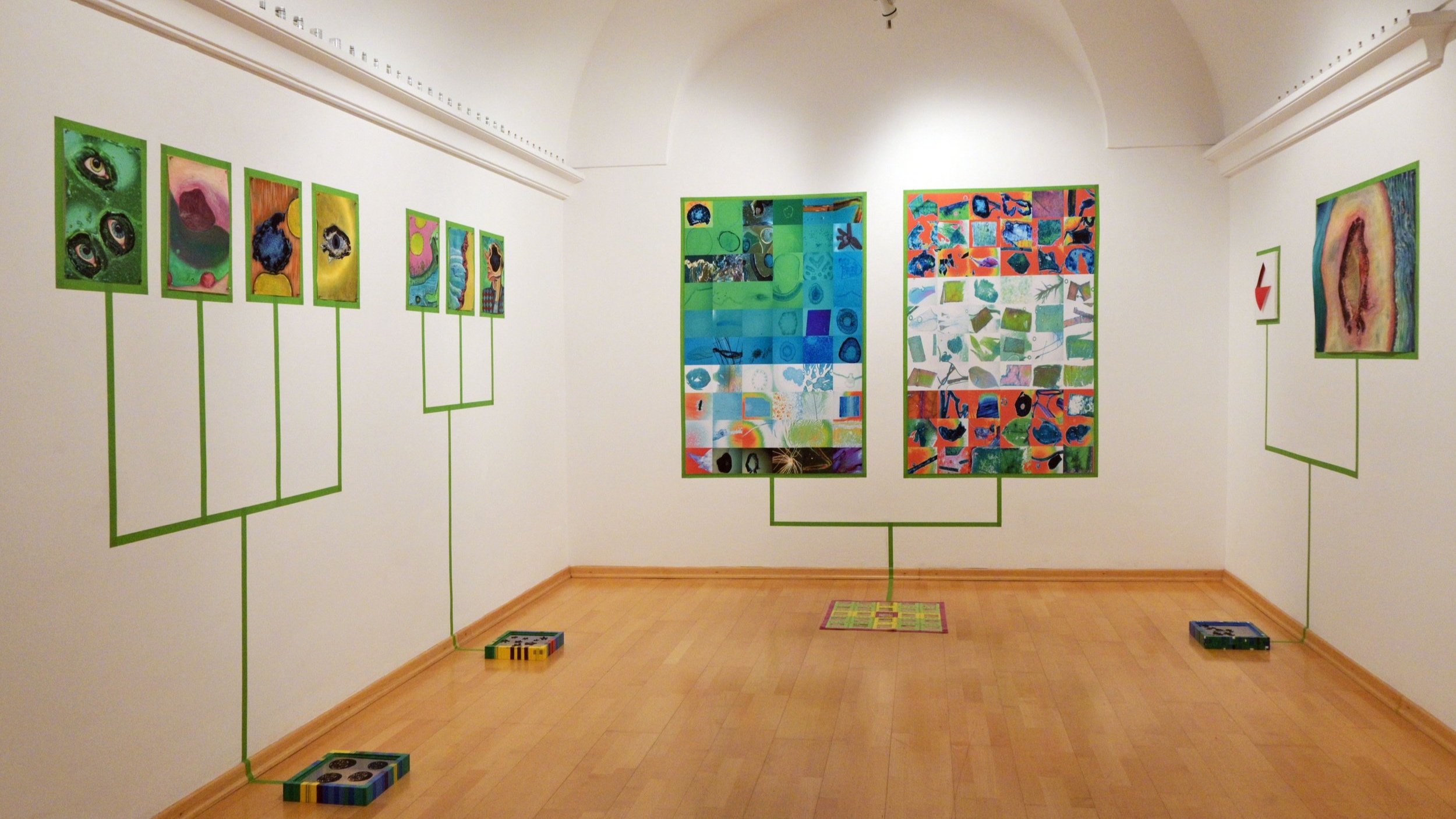
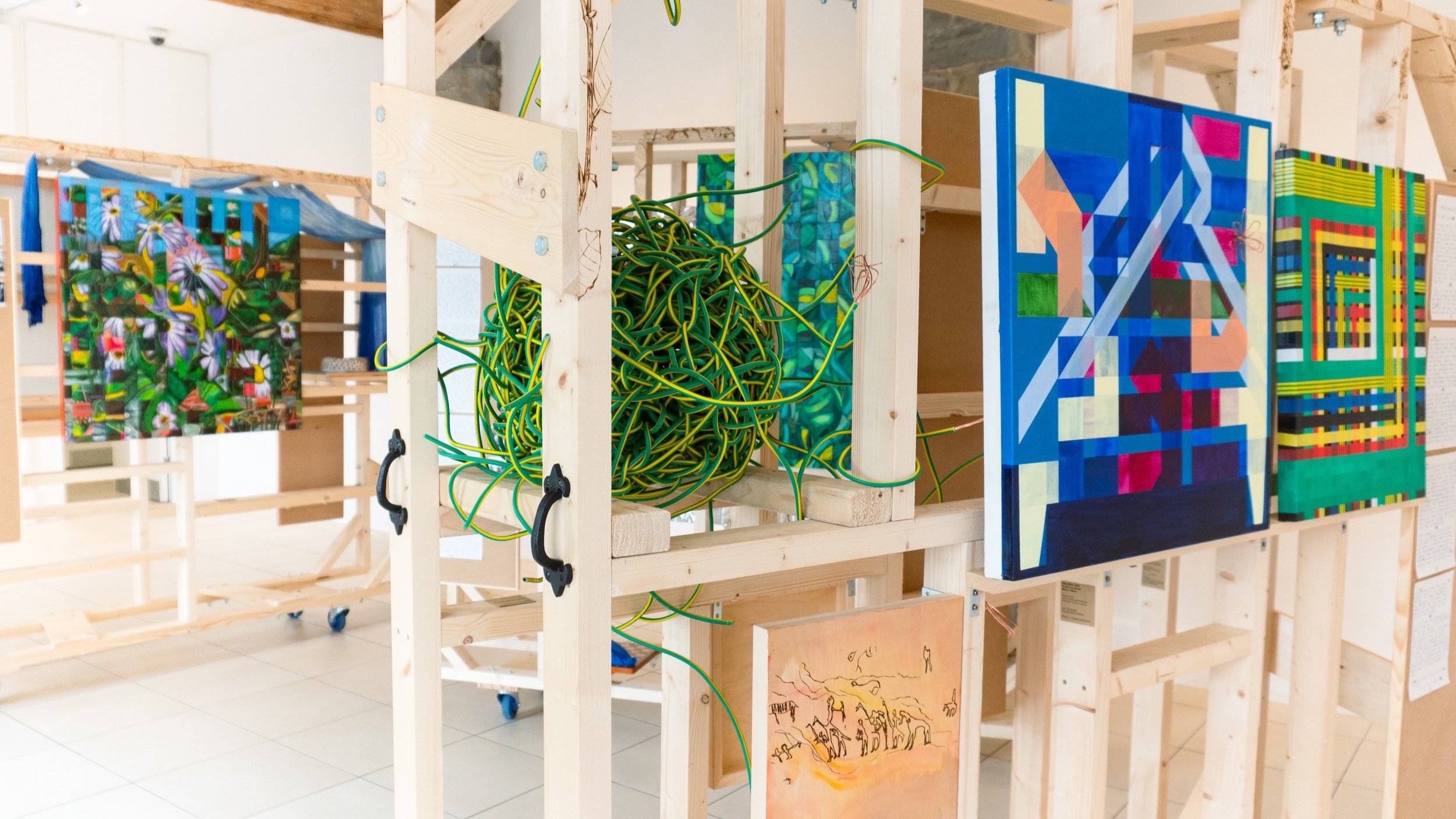
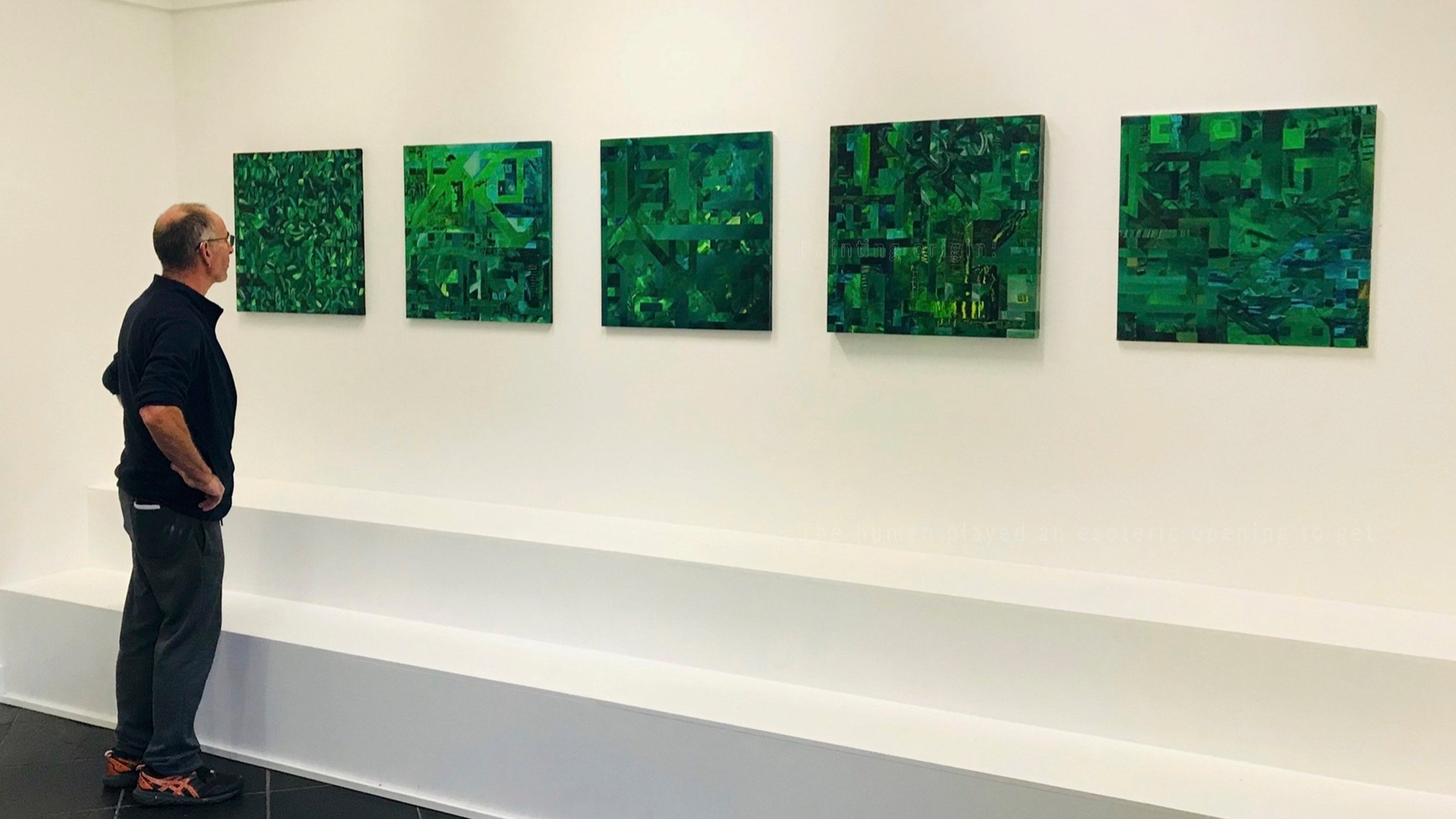
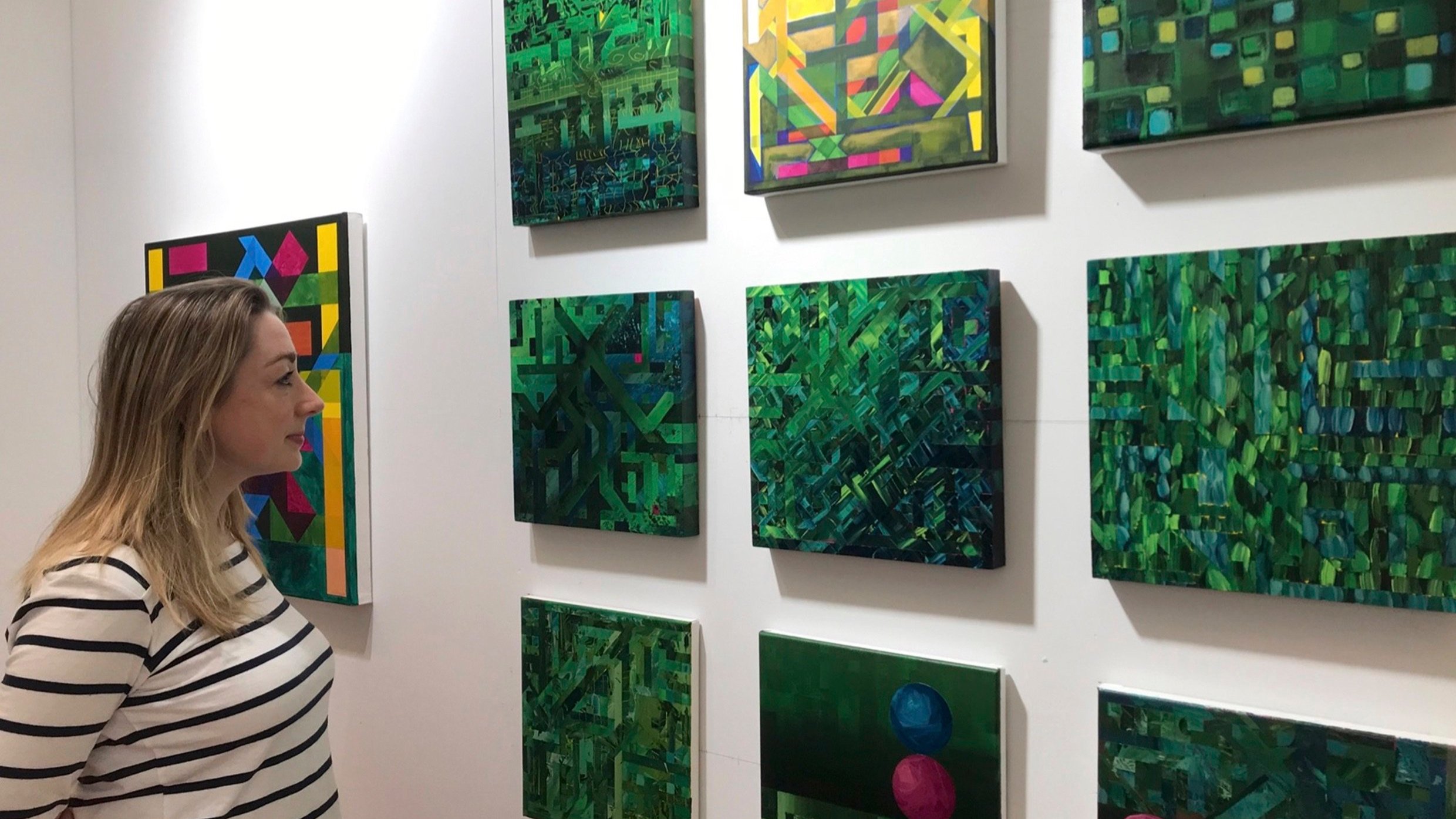
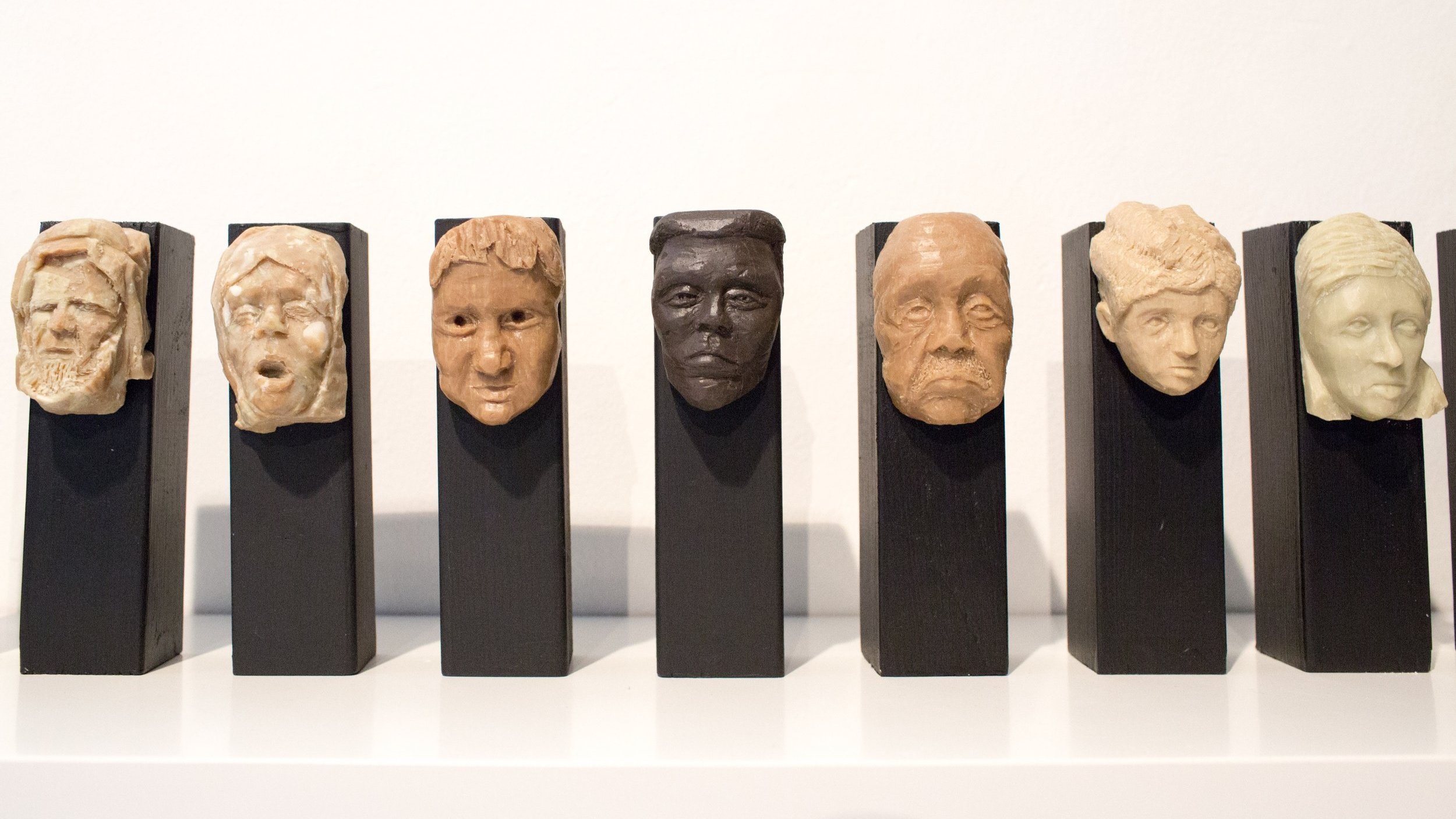

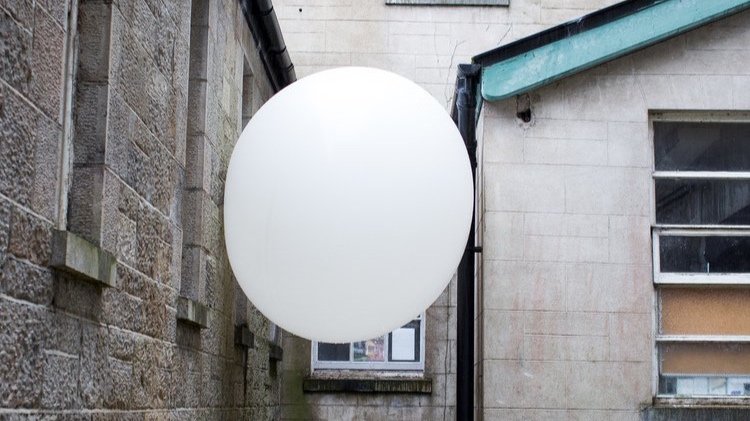

© Bryan Gerard Duffy
